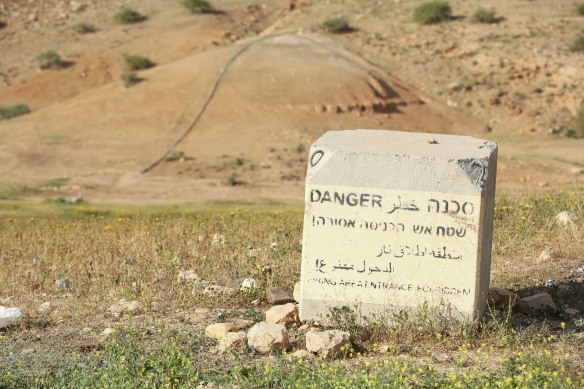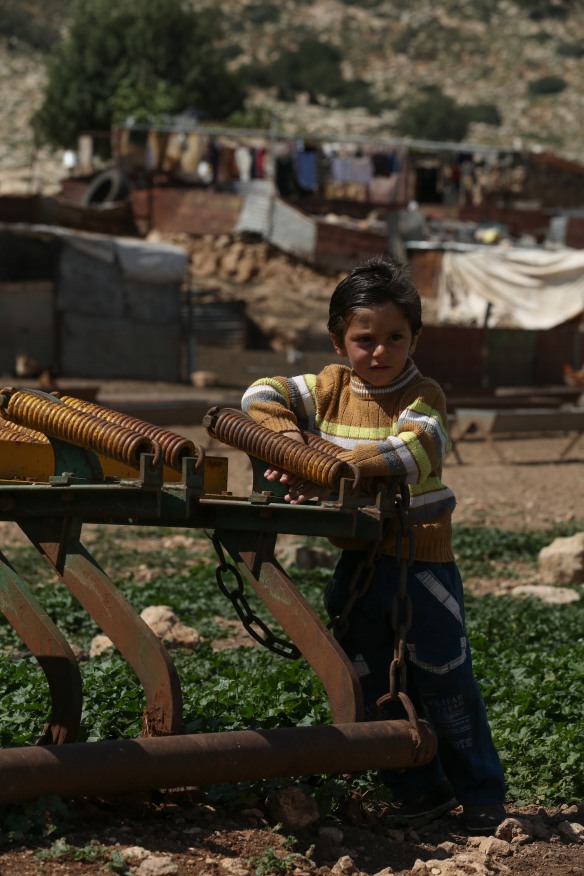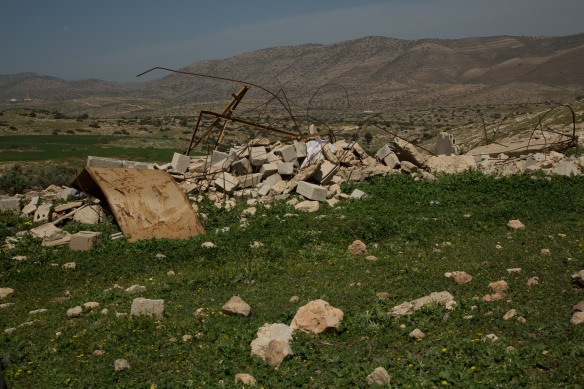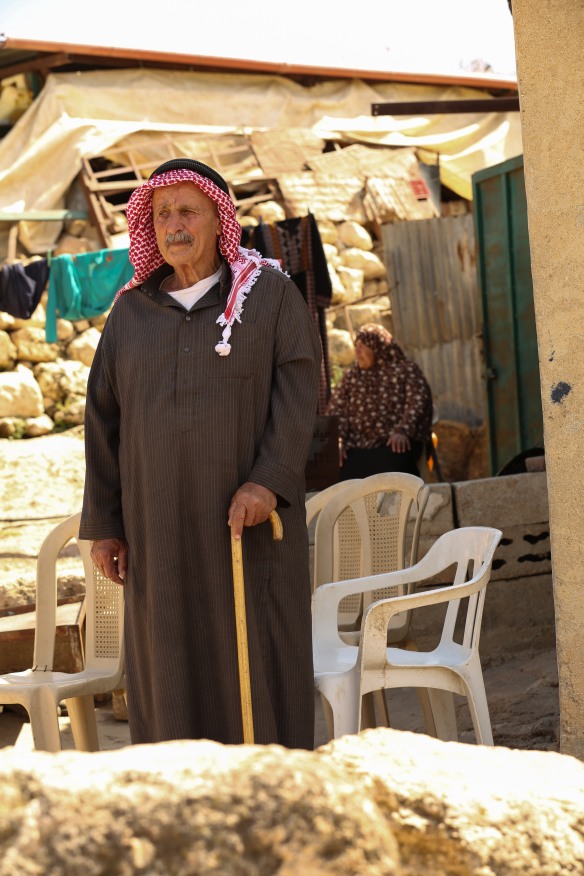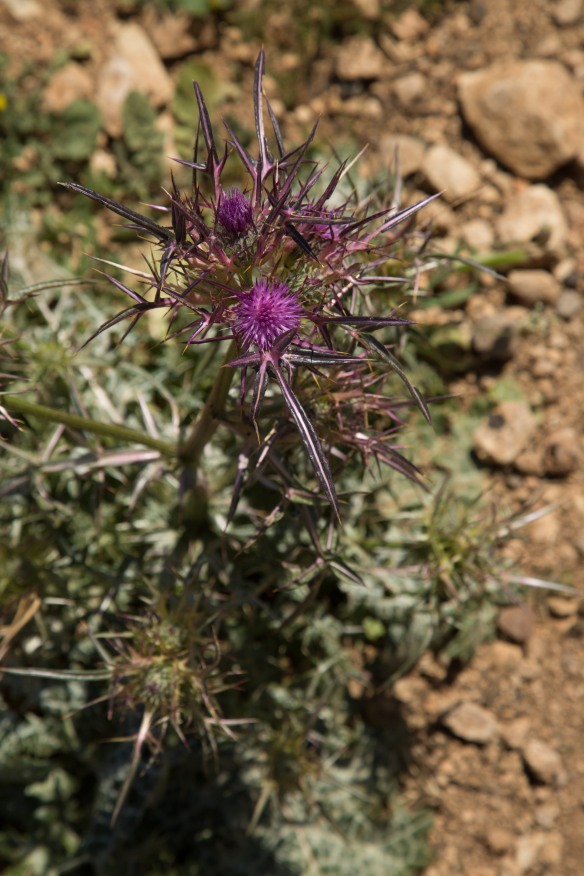Written by Christine
Photos by Bryan MacCormack, with Left in Focus
Welcome, welcome! You hear this a lot as a foreigner in Jenin. It comes in many languages: English, sometimes. Sometimes Arabic: ahleen. And sometimes, if you’re really lucky, you are welcomed with music.
Two nights ago when I arrived, I was welcomed by Samer Abu Hantash improvising on the oud—a popular, traditional stringed instrument—on the second-story balcony of the Cinema Jenin Guesthouse. Samer is Palestinian. He will travel with me and about thirty other international visitors for the next ten days throughout the occupied West Bank, accompanying a troupe of Palestinian actors that will perform improvised theatre pieces based on the accounts of audiences living in the different cities and towns we will visit.
This kind of theatre is called Playback Theatre. Developed in the 1970s, Playback Theatre has been used in over fifty countries in a wide range of social and political contexts. A typical performance lasts about 70 minutes. The “conductor” of the show invites members of the audience (the “tellers”) to share their experiences. Once the teller has finished their story, the performers reproduce it as a short piece of improvised theatre accompanied by a musician.
This afternoon—after a group-building exercise with the other international visitors—I caught up with Ihab Talahmeh to ask him a little bit more about the form.
“The main thing when we are working with Playback,” Ihab told me, “is to make the stories alive.”
Ihab is twenty-three, a third-year acting student at The Freedom Theatre. He grew up in a village south of Hebron, and will conduct the Playback Theatre performances that we have scheduled over the next ten days.
When I asked him what he was looking forward to most on the upcoming Ride, he told me a story about Atuwani, one of the villages the Freedom Bus stopped at last year. The village is very near the town he grew up in—fifteen, twenty minutes away.
“But before I came to The Freedom Theatre,” he told me. “I didn’t know about this village.”
One of the objectives of the Freedom Bus, we learned the night before, is to connect villages throughout the West Bank to one another. Because the West Bank is so fractured by illegal settlements, Israelis-only roads and military checkpoints, Palestinians who wish to travel from place to place suffer the constant threat of arbitrary arrest and harassment, long delays and unexpected roadblocks. As a result, even geographically close communities often can’t communicate with one another.
“When I went there,” Ihab said, “I was shocked about the situation, about how people can live there. When I saw them—how they resist the occupation—when the occupation came before my eyes, to destroy a house or something: all the people from the village stood in one line and fight the army.”
He smiled. “This is amazing for me,” he said. “I learn from them.”
Earlier, when I’d asked Ihab what he feels Playback Theatre has to offer the people of Palestine, he told me he felt that, as an actor, he was bringing energy and power to the communities he visited.
After Atuwani, though, he feels differently about it.
“I am not going to give them the power,” he told me. “They already have it. They give it to me.”
– – –
After speaking with Ihab, I rejoin the rest of the group for a walking tour of the Jenin refugee camp: a half-kilometer square of pale white, bullet-riddled concrete block buildings, huddled close to one another and connected by a network of dim, narrow roads and alleyways. Together we walk over the uneven ground, pausing to observe discarded bullet cartridge casings or to peer into the small square windows of old abandoned houses.
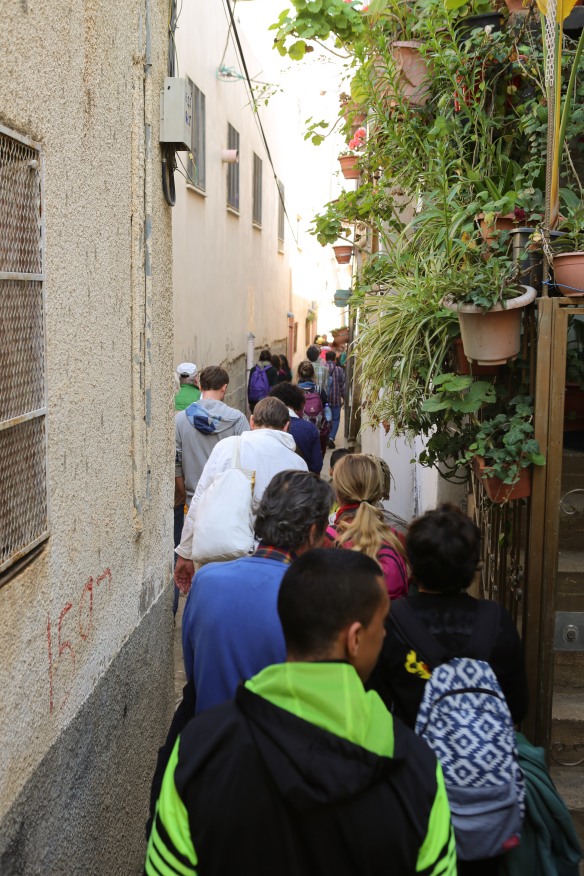
“People who live here,” our guide told us through a translator, “originally came from Haifa, Akka, Yafa, and the villages. In 1948, they were forced out of their own homes and the land by the Israelis.”
He goes on to tell us that when people first came to this area, they were given tents to live in, assuming their expulsion from the land would be temporary—maybe one or two months before they could return to their homes.
“But things took a long time,” he said. “So people put brick over brick, stone over stone, something to avoid the rain and the sun.”
Our guide—a resident of the camp himself, his family hailing from near Afula—frowned then, and spoke a short line in Arabic.
“It’s been sixty-eight years since then,” he said.
– – –
Our evening ended at Al-Kamandjati music school with a performance by the visiting theatre troupe from India, Jana Natya Manch, another playback performance, and sandwiched between both: a short musical performance by the student Oriental Music ensemble.
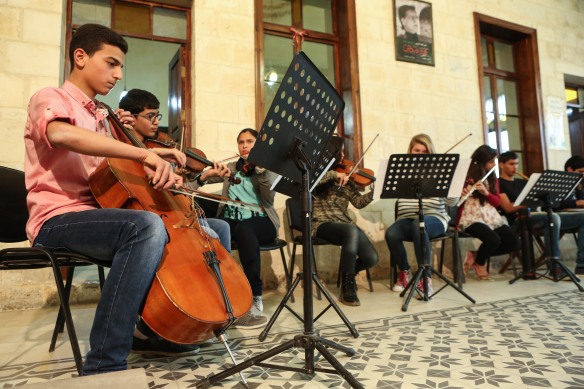

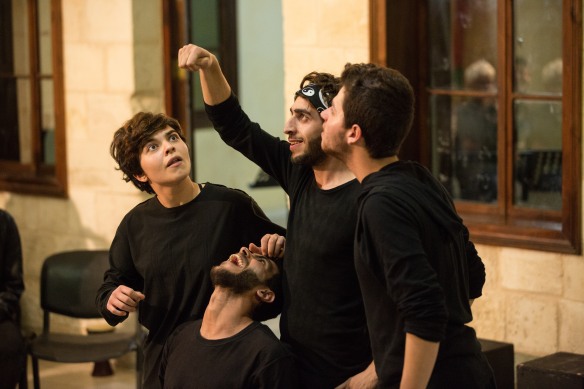
Welcome, welcome. The drum tapped, the flutes sounded in and around the ouds, the violins, the cello. No one on stage looked much older than fifteen.
And I want to tell you something hopeful, here. End this blog with something beautiful inspired by the music, the drumming, the rhythm that surrounded me in the school tonight.
Instead, however, I’m going to tell you what Osama, one of the six acting students, told me thirty minutes ago after dinner.
“Sometimes,” he said, “growing up in the refugee camp, you know, I get the feeling that… okay, I have this dream.” He made a fist above his head. “And I am holding onto this dream so hard, so hard.”
Osama looked up at his fist. “But I am afraid, sometimes, that if I open my hand—” he opened it — “There will be nothing inside.”
For a moment, neither of us spoke as we looked together at his empty palm.
But then Osama shrugged. “But I have to hold on,” he said. “And I believe—really, I do—that even if there is nothing, nothing in my hands to hold—that I can put something there. I can create the dream, ya’ni. From inside.”
Tonight, as the full moon rises over Jenin, I am dreaming inside of what will be created these next ten days, and feeling welcome, welcome, welcome.
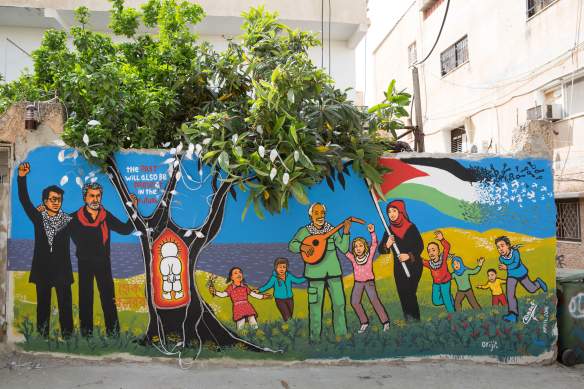


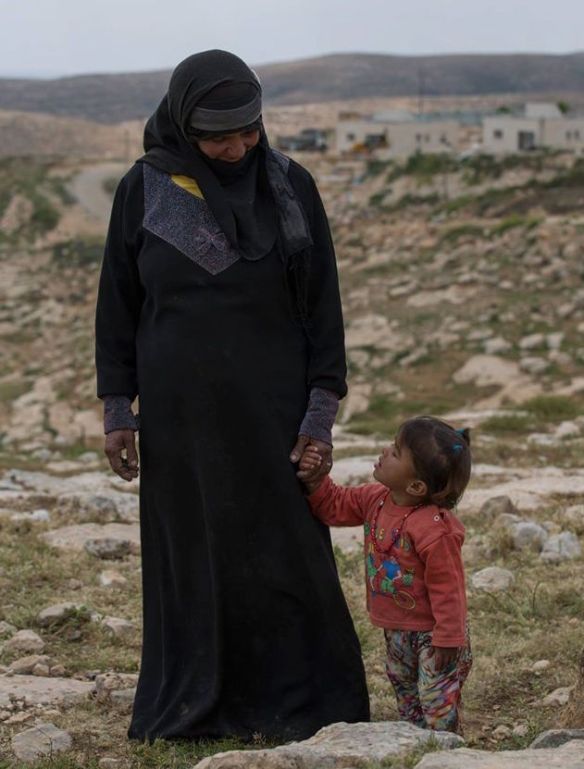
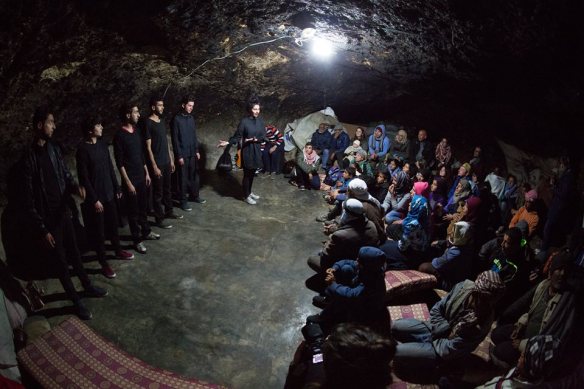



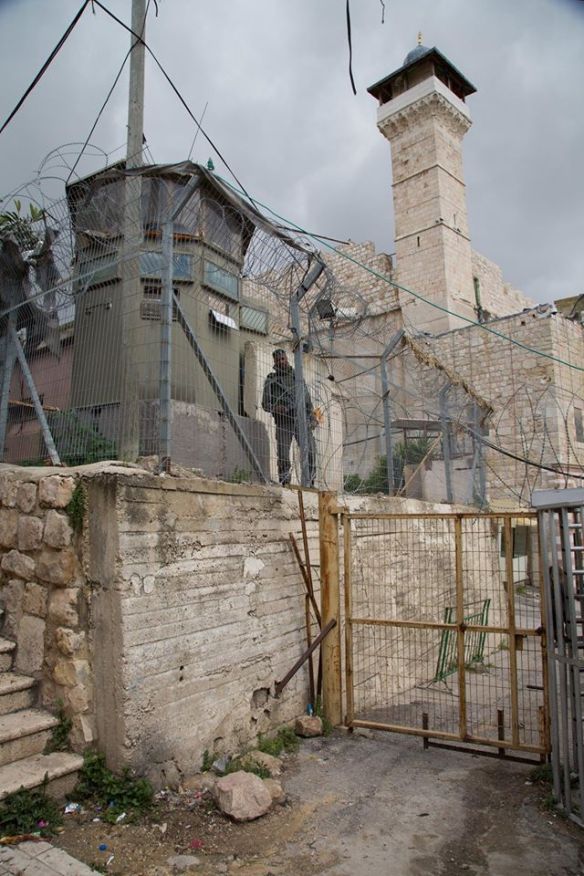


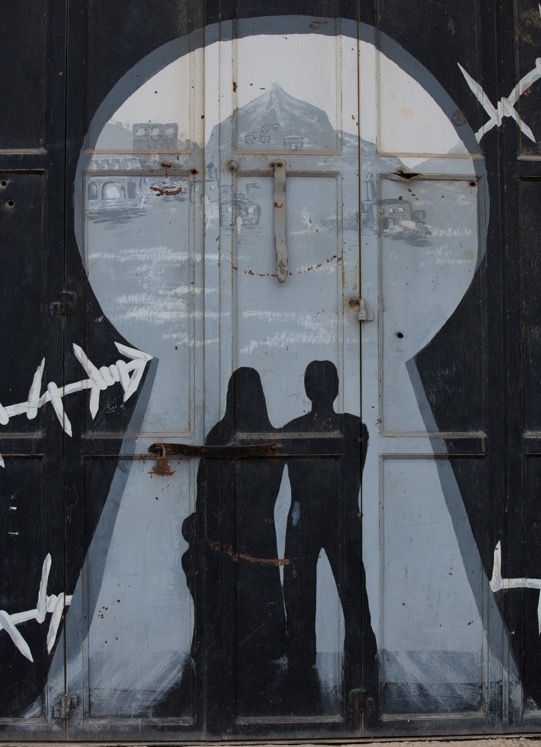






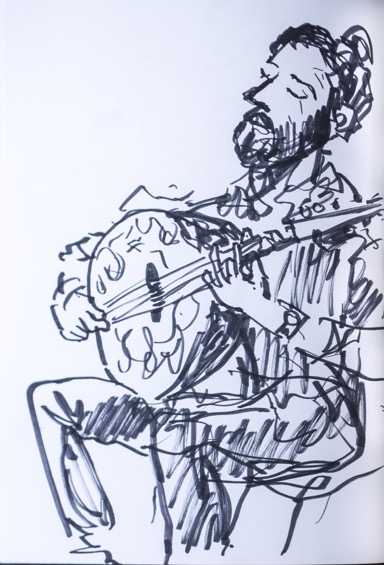

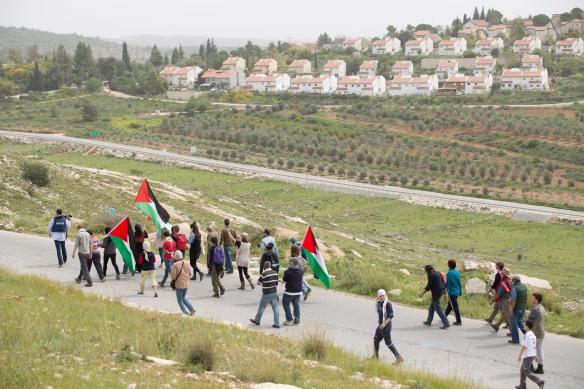

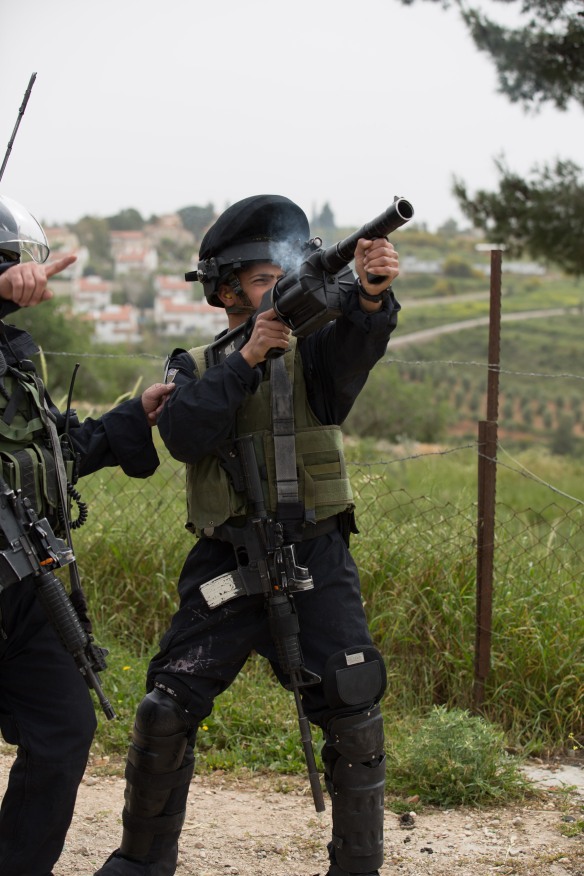
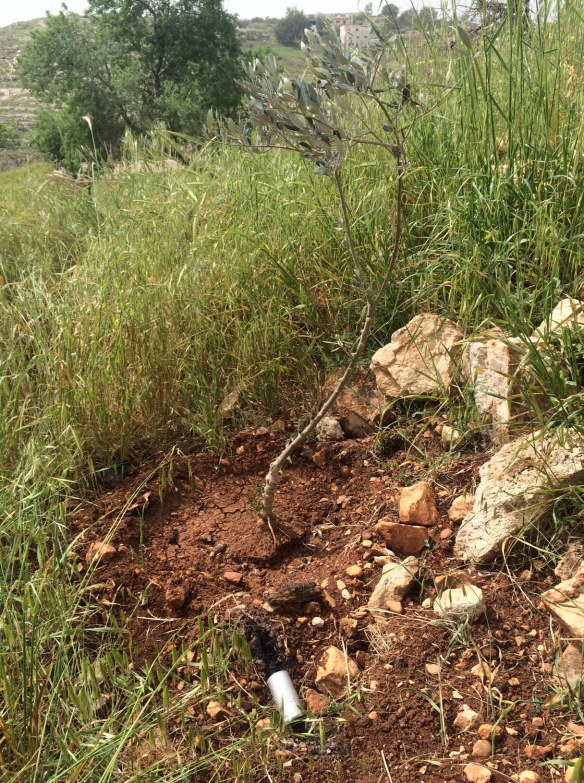
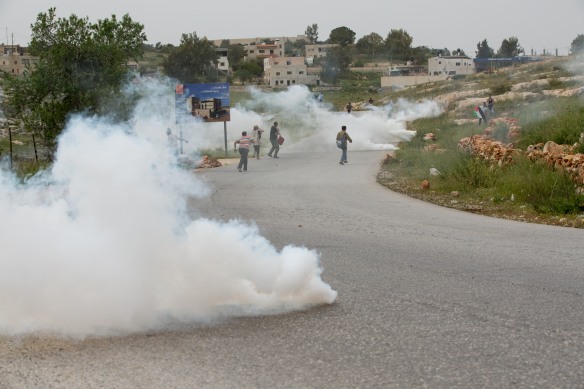

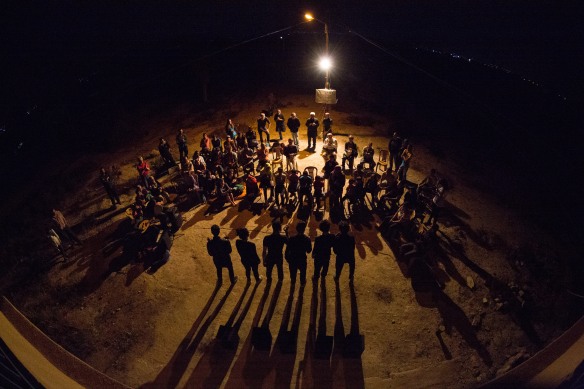 (Photo by Bryan MacCormack w/Left In Focus)
(Photo by Bryan MacCormack w/Left In Focus)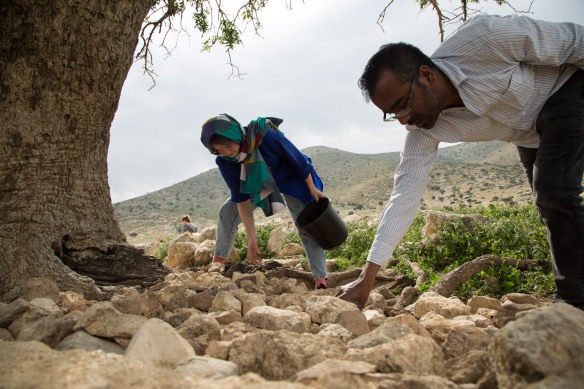 (Photo by Bryan MacCormack w/Left In Focus)
(Photo by Bryan MacCormack w/Left In Focus)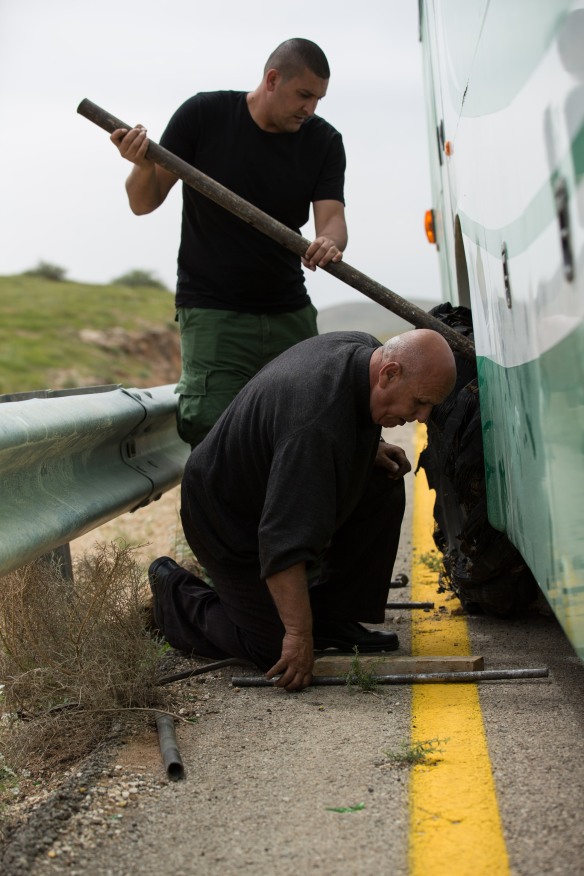 (Photo by Bryan MacCormack w/Left In Focus)
(Photo by Bryan MacCormack w/Left In Focus)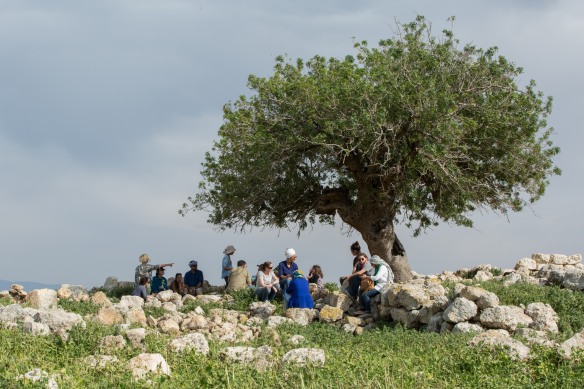 (Photo by Bryan MacCormack w/Left In Focus)
(Photo by Bryan MacCormack w/Left In Focus)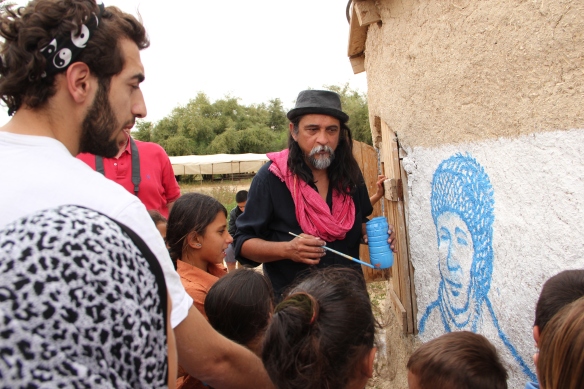 (Photo by
(Photo by 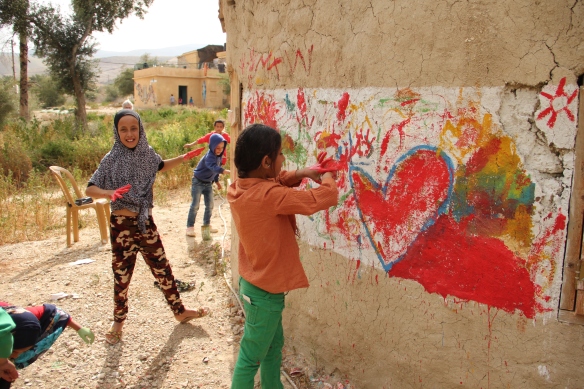 (Photo by
(Photo by  (Photo by Jakov Gisler)
(Photo by Jakov Gisler)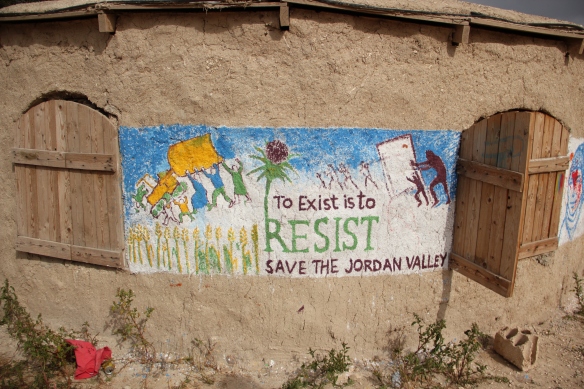 (Photo by
(Photo by 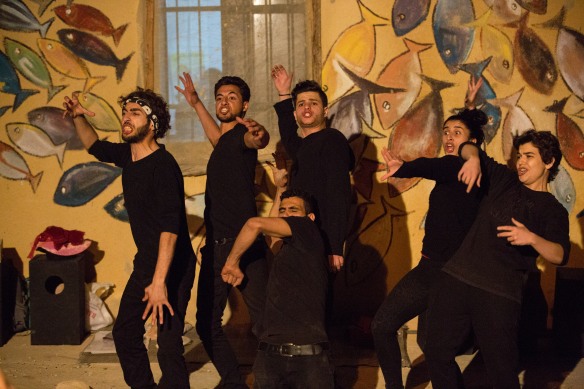 (Photo by Bryan MacCormack w/Left In Focus)
(Photo by Bryan MacCormack w/Left In Focus)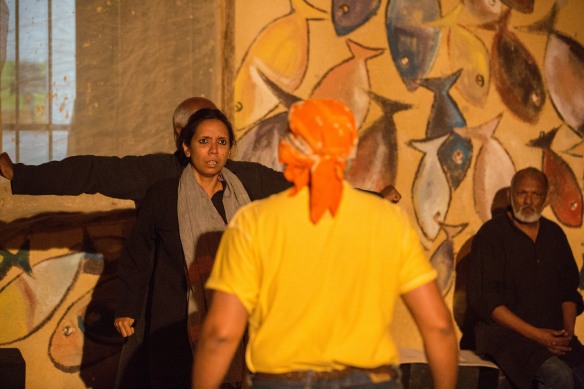 (Photo by Bryan MacCormack w/Left In Focus)
(Photo by Bryan MacCormack w/Left In Focus)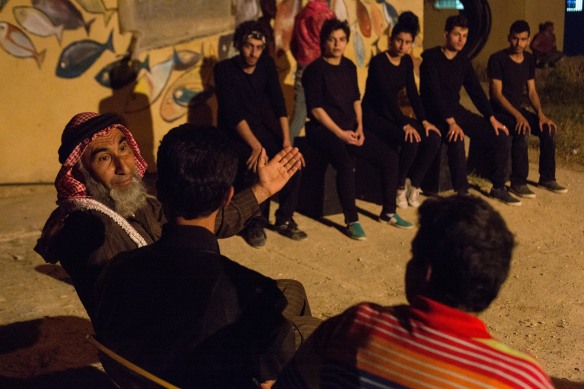 (Photo by Bryan MacCormack w/Left In Focus)
(Photo by Bryan MacCormack w/Left In Focus)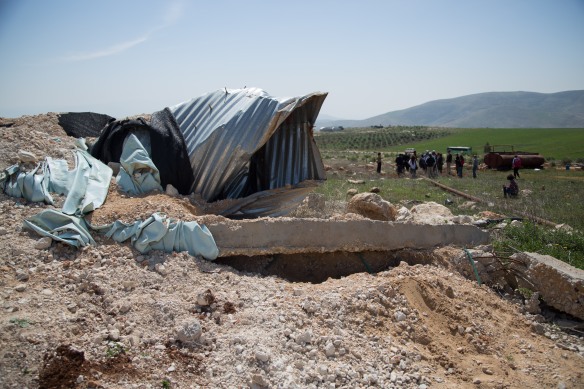 Written by Urvashi Sarkar; Photos by Bryan MacCormack with Left In Focus
Written by Urvashi Sarkar; Photos by Bryan MacCormack with Left In Focus